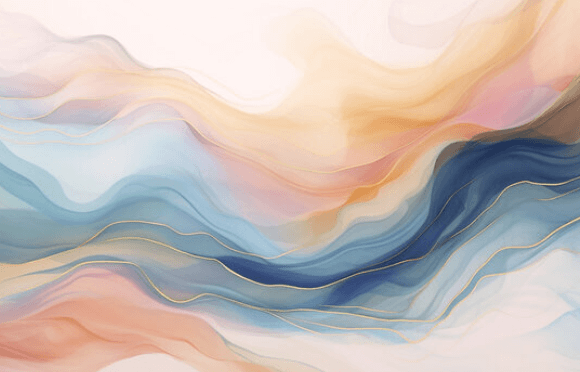Aesthetic:4cp7q9ppsk4= Backgrounds

The significance of aesthetic backgrounds in visual design cannot be overstated, as they serve as the foundation upon which emotional connectivity and thematic expression are built. By strategically selecting color palettes, textures, and imagery, designers are able to craft environments that not only captivate but also communicate the underlying message of their work. However, the journey to selecting the ideal background involves navigating a landscape of styles and trends, which begs the question: what considerations should influence this critical choice? Understanding these factors could transform your approach to design in unexpected ways.
Understanding Aesthetic Backgrounds
Aesthetic backgrounds serve as the visual foundation of a design, often comprising intricate layers of color, texture, and imagery that evoke specific emotions or themes.
Understanding color psychology is essential, as it influences viewer perception and emotional response.
Achieving visual harmony requires a careful balance of these elements, creating a cohesive and inviting experience that resonates with an audience seeking creative freedom and expression.
See also: Aesthetic:4cp7q9ppsk4= Background Image
Popular Styles and Trends
Embracing diverse influences, popular styles and trends in aesthetic backgrounds continually evolve, reflecting cultural shifts and technological advancements.
Vintage vibes evoke nostalgia, while minimalist designs celebrate simplicity and clarity.
Bold patterns create dynamic visual statements, contrasting with serene nature themes that invite tranquility.
This rich tapestry of styles empowers individuals to express their unique identities, fostering creativity and freedom in their visual narratives.
How to Choose the Right Background
When selecting the ideal background, one must consider the intended use and emotional impact of the visual space.
Delve into color psychology to evoke desired feelings—warm hues inspire comfort, while cool tones promote tranquility.
Strive for visual harmony by balancing elements that resonate with your vision, allowing creativity to flow freely and enhancing the overall aesthetic experience.
Choose wisely to elevate your project.
Tips for Customization and Use
Although customizing backgrounds may seem straightforward, the nuances of design can significantly enhance their effectiveness.
Experiment with diverse color palettes to evoke emotion and set the desired tone. Combine textures thoughtfully; a blend of smooth and rough surfaces can create depth and intrigue.
Embrace your creative freedom to craft captivating backgrounds that resonate with your audience, ensuring a visually stunning experience.
Conclusion
In the tapestry of visual design, aesthetic backgrounds serve as the canvas upon which emotions are painted. Each hue and texture dances in harmony, crafting a symphony of atmosphere that envelops the viewer. The careful selection of these elements transforms mere visuals into immersive experiences, inviting exploration and connection. Ultimately, a thoughtfully designed background stands as the silent sentinel of creativity, guiding the narrative with elegance and purpose, ensuring that the intended message resonates like a whisper in the wind.






